Investing in your website — and its many elements — offers excellent returns.
After all, website design and optimization hugely determine your ability to attract prospects. They decide whether you’ll be able to engage web visitors. And they directly impact your conversion rates (that is, your sales and bottom line).
But, when looking at the website design process (whether to build or upgrade your existing website), it’s clear that pitfalls lurk at every corner. Fall into these traps, and you won’t just harm your sales but also potentially deteriorate your brand’s reputation.
Despite calls to action being present at every step of the buyer’s journey, many businesses still get the CTA button design process wrong.
So, if you’re looking to remove conversion obstacles from your website and elevate your ability to convert new leads and customers, here are the top CTA button design mistakes that are costing you conversions, along with actionable tips on how to fix them.
Poor Placement
One of the easiest ways to improve the conversion potential of your CTA buttons is to pay attention to where you place these elements.
Ultimately, calls to action are invitations for your audience to take the next step in their shopping journey.
They can encourage web visitors to continue exploring your offer. They can invite them to remove a pain point by investing in some of your solutions. Or they can ask web visitors to turn into leads (and create a mechanism for further brand interactions) by signing up for a newsletter or a free trial.
In other words, a CTA button can be considered a mechanism that moves consumers from one stage of the sales cycle to the next. Considering this purpose, it’s clear that how and when you present web visitors with a CTA hugely determines their likelihood of clicking on the button.
Ideally, a CTA must show up at the right time and the right spot during your prospects’ browsing journey. And there are a few positioning strategies that can help you ensure proper placement.
The Layout-Centric Approach
One of the easiest ways to ensure your CTA buttons stand out and compel consumers to click involves paying attention to your webpage layout.
Essentially, web user behavior research shows that there are certain areas on a webpage where visitors spend more time and, thus, have a higher likelihood of engaging with conversion elements.
For instance, the NN Group discovered that people spend 57% of their page-viewing time above the fold. So, if you want to maximize the chances of inviting them to perform a specific action, ensure that your CTAs appear in the hero section of your homepage.
For a solid example of this CTA button positioning strategy, check out Neeman’s. This brand keeps things simple and conventional regarding layout and placement, using the homepage’s most attention-grabbing section — the hero image — to present web visitors with a CTA.

Source: neemans.com
The USP-Proximity Approach
In addition to ensuring that you position your CTAs in the right spot in regard to your site’s layout, it’s also important that you consider their proximity to a value proposition.
Ultimately, the only way you can inspire prospects to take action is to be crystal clear about the type of value they’ll unlock from clicking on the button. With this in mind, it’s crucial to consider CTA button placement in terms of USP proximity.
By aligning a CTA click with a specific (and desired) outcome, you can maximize your web visitors’ chances of wanting to take action instead of scrolling on.
For instance, check out how WholeWoodPlayhouses does it on its homepage. Each webpage section covers a specific product type (which solves a unique consumer need). Each CTA button used in the proximity of these value propositions reflects a unique outcome, giving consumers control over how they proceed with their shopping journey.
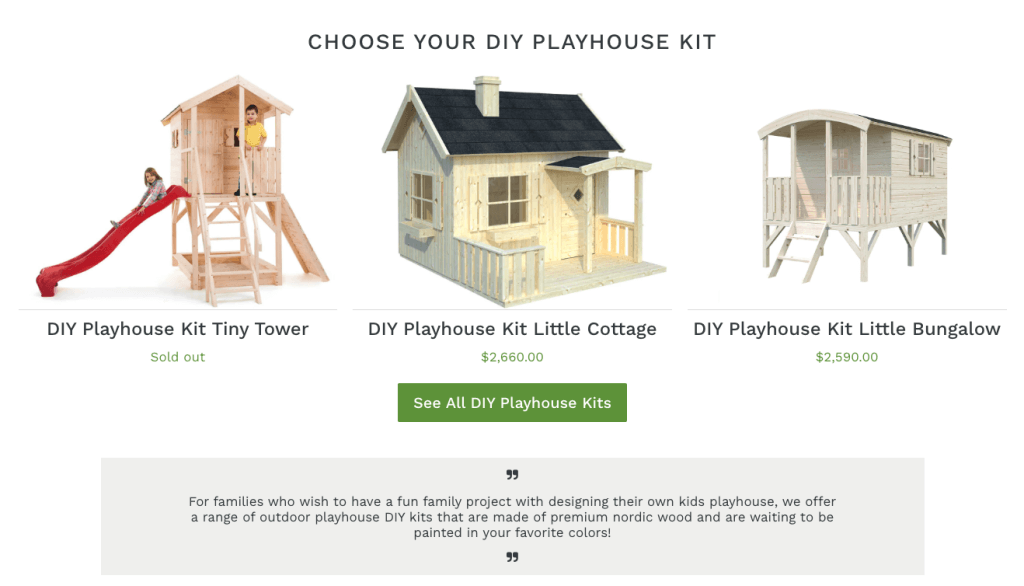
Source: wholewoodplayhouses.com
The Buyer’s Journey Approach
Finally, as you explore ways to properly position CTA buttons on your website, remember that your audience’s willingness to click on any element hugely depends on whether the outcome of that click aligns with their position in the buyer’s journey.
With this in mind, ensure that your CTA button design reflects the type of action your prospects are willing to take.
For instance, when targeting awareness-stage consumers, one of the best CTA design strategies you can use is to build mechanisms for product/solution discovery, which is what OMO does.
Instead of inviting web visitors to download the app and sign up for a subscription, the brand encourages prospects to complete a quiz. Doing this doesn’t just encourage web visitor engagement during the early stages of the sales funnel. It also helps the brand convert newsletter subscribers, whom it can then nurture into clients with email marketing campaigns.
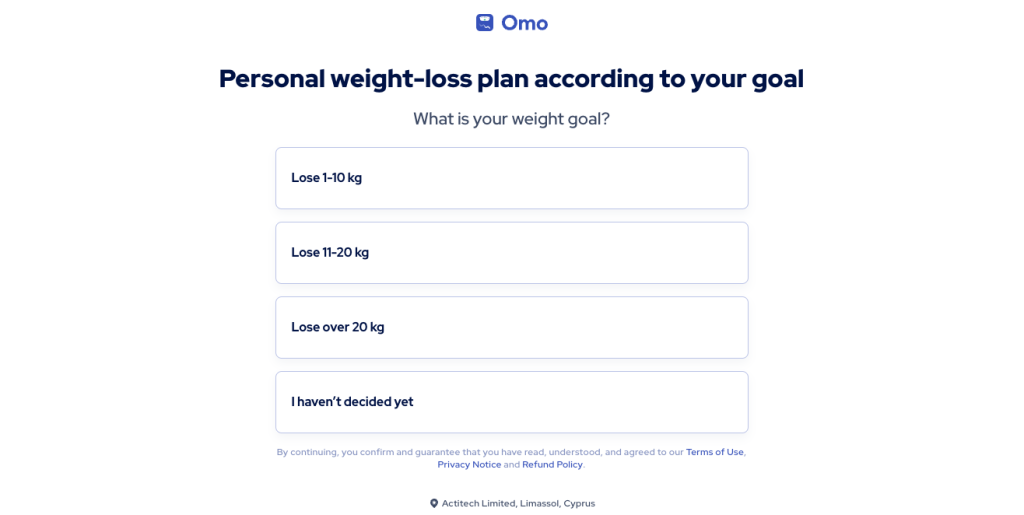
Source: omo-app.io
Lack of Contrast and Unattractive Design
Positioning CTA buttons in logical and user-oriented spots is an excellent first step toward boosting conversions on your website.
However, if you want to guarantee that your target audience perceives converting in a positive way (and is willing to do it), invest in the visual appearance of these webpage elements.
Ultimately, the aesthetic appeal of your website plays a crucial role in driving consumer behavior. Beautiful pages are more likely to engage web visitors; they also directly impact consumers’ purchase intent.
So, if you’re looking for tactics to elevate the engagement conversion potential of your CTA buttons, consider upgrading them from a visual point of view.
No, this doesn’t necessarily mean experimenting with unconventional button shapes or using elaborate animations and effects.
Instead, this tactic involves looking at the visual appearance of your CTAs and ensuring that they stand out against the backdrop through color and contrast and align with your brand’s visual identity and your audience’s expectations.
Size, Color, and Contrast
When designing CTA buttons for your website, one of the easiest ways to ensure they’re appealing is to use the right color palette.
A good rule of thumb when choosing colors is to employ a color wheel tool. Ideally, you should stay away from generic choices (such as the green vs. red CTA button color debate). Instead, opt for hues that complement your brand’s visual identity but still provide sufficient contrast to maximize appeal and accessibility.
Using a design strategy that leans toward minimalism will make accomplishing this easier. For example, check out this Transparent Labs collection page, a brand that limits its color palette to three hues and a white base.
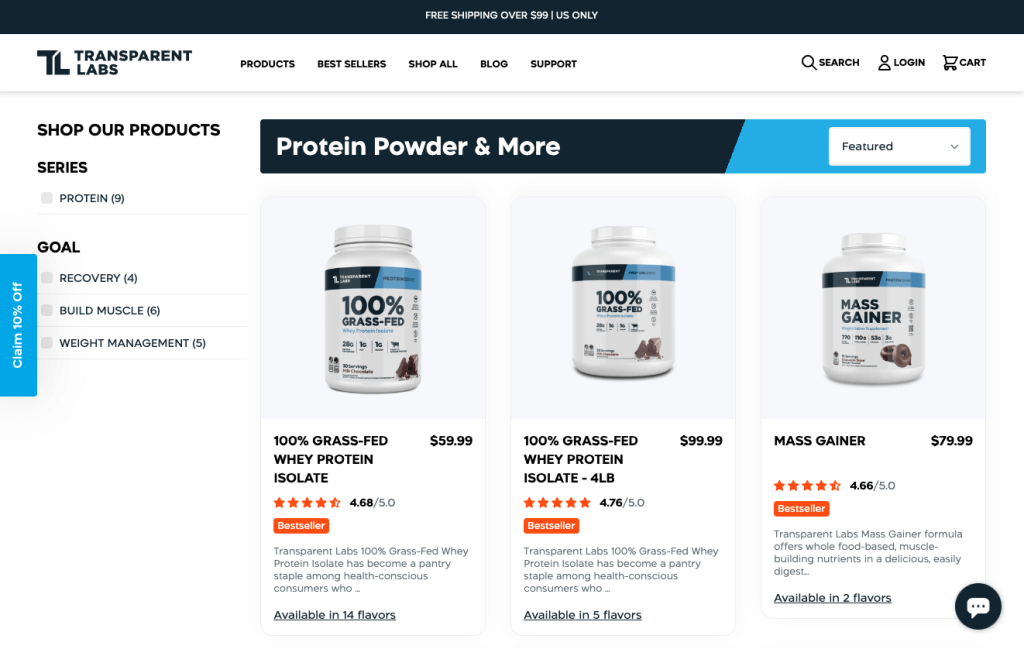
Source: transparentlabs.com
However, if you want to go all-out, don’t hesitate to express and emphasize your brand’s individuality — as Passweird did. Make sure you use a CTA button design that stands out from the rest of your website content; otherwise, you’ll be harming your conversion rates.

Source: passweird.com
Note that size and negative space also matter, as they’ll determine the ability of these webpage elements to stand out from the rest of your webpage content.
For instance, the Known Source homepage features an exceptionally attention-grabbing CTA button despite placing it on top of a non-minimal hero image. The bold choice of color, as well as the ample amount of negative space, allows the element to stand out against the background, maximizing its chances of convincing web visitors to browse the brand’s offer.
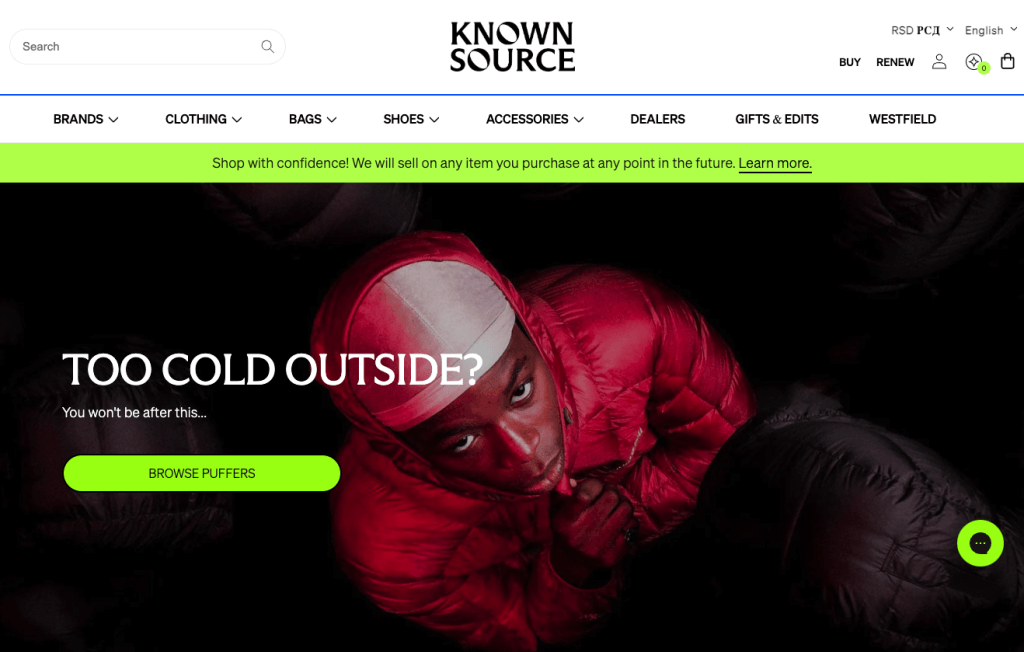
Source: knownsource.co.uk
Brand Identity
In addition to paying attention to visual appeal, your CTA button design strategy also needs to account for your brand’s identity.
As you already know, visual information has a huge impact on how consumers perceive and interact with brands. And research suggests that a large part of brand memorability comes down to a well-established identity.
With this in mind, your website design strategy — specifically your CTA button design approach — needs to align with your brand’s visual identity.
When creating buttons to use throughout your website, opt for colors, fonts, and even shapes that are already a part of your visual branding. A fonts library can help you choose typography that aligns with your brand’s style and enhances readability.
For instance, this Eachnight content page smartly incorporates a shade of magenta throughout the page, ensuring that the CTA buttons (as well as all the other visual elements) remain true to the brand’s well-established visual branding.
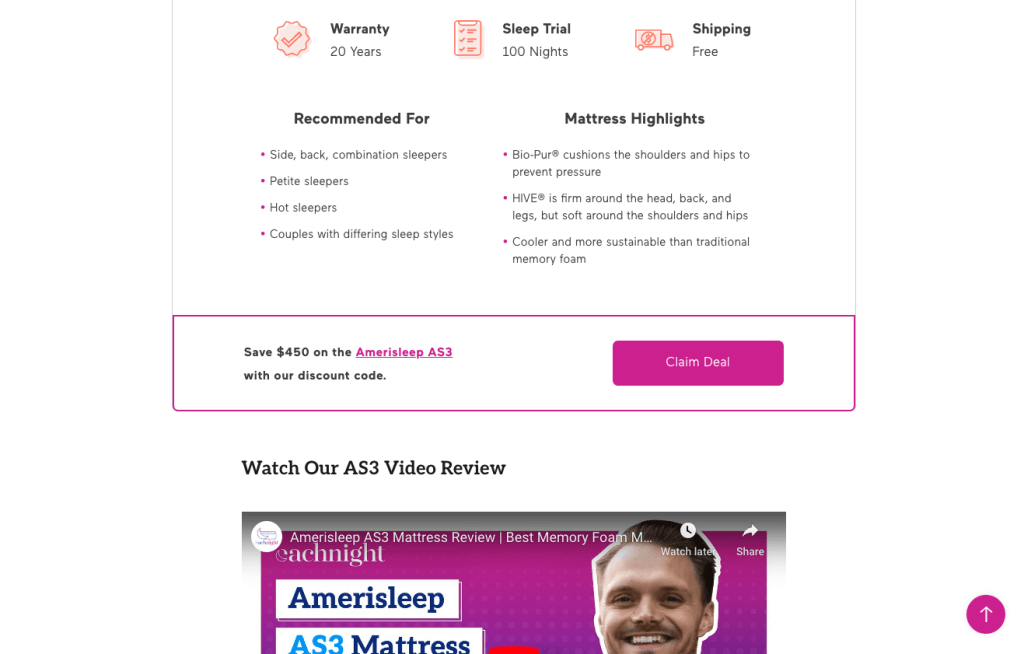
Source: eachnight.com
Unconvincing or Uninspiring Copy
Sometimes, the best way to design a compelling CTA button isn’t to focus entirely on what it looks like. But consider the message it’s sending as well.
One of the biggest CTA button design mistakes harming your conversions includes unconvincing or uninspiring copy. This usually includes generic phrases like “Browse offer,” “Read more,” or “Buy now.”
However, it’s worth noting that there’s nothing inherently wrong with using these phrases on your website. They can work great — as long as they align with your target audience’s wants and needs and are used in the right context.
For instance, a person inhabiting the purchase stage of the buyer’s journey will appreciate a “Shop now” CTA button — like the one on the ASICS homepage — that allows them to purchase a specific product they’ve already evaluated.
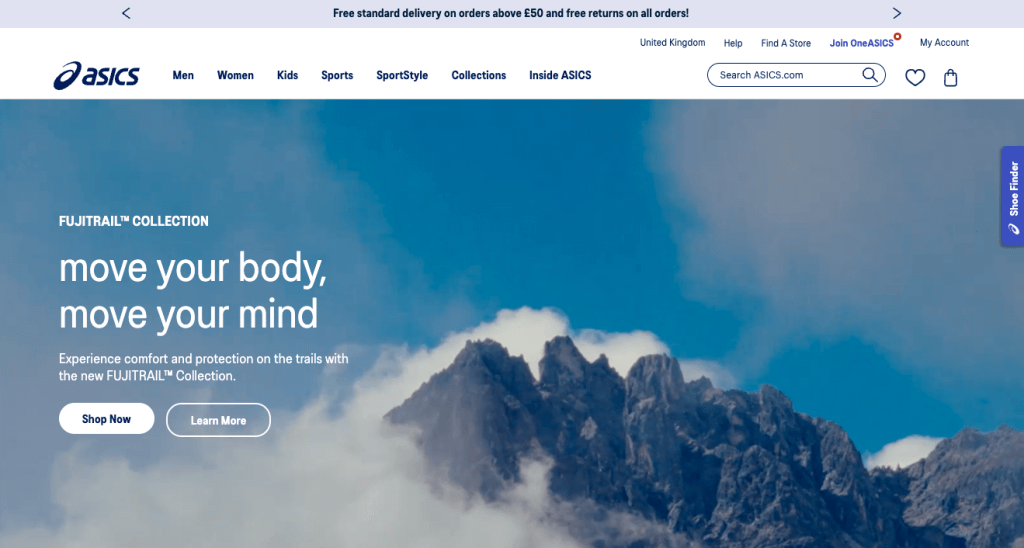
Source: asics.com
Nevertheless, if you want to minimize your chances of losing conversions due to inadequate or uninspiring copy, allow yourself some space to get creative.
For example, using button copy to describe the exact outcome of clicking can be a great method of inspiring conversions. Take a look at how CodaPet did it with the “Schedule home visit” message.
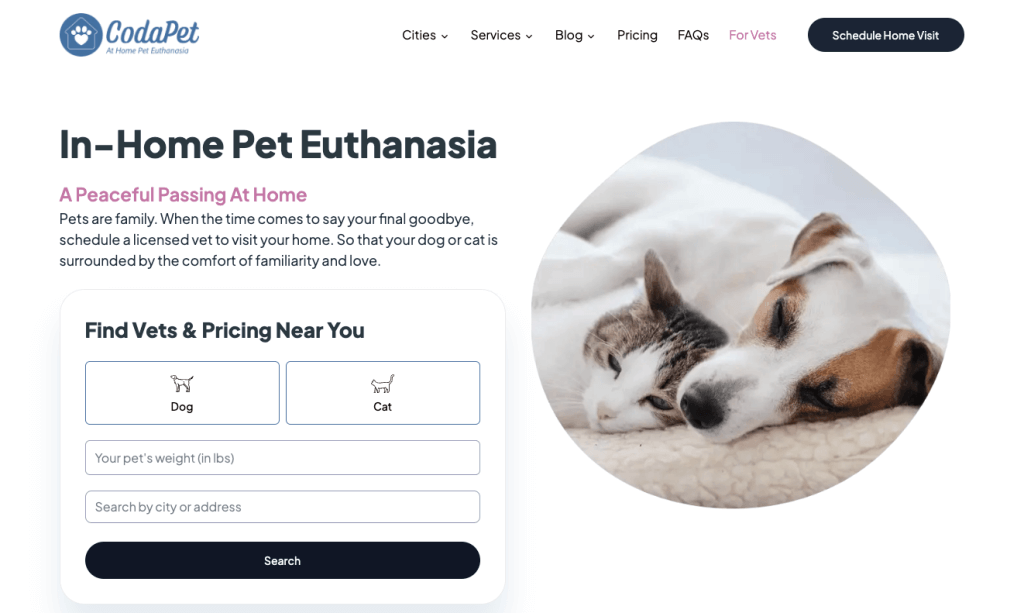
Source: codapet.com
Alternatively, you might opt to elevate your CTA buttons’ conversion potential with a dose of FOMO.
By incorporating urgency or incentive into the copy, you can directly affect your web visitors’ behavior — either by calling their attention to the limited nature of your offer or by doing what EXT Cabinets does and offering them a reward for clicking on the CTA element.
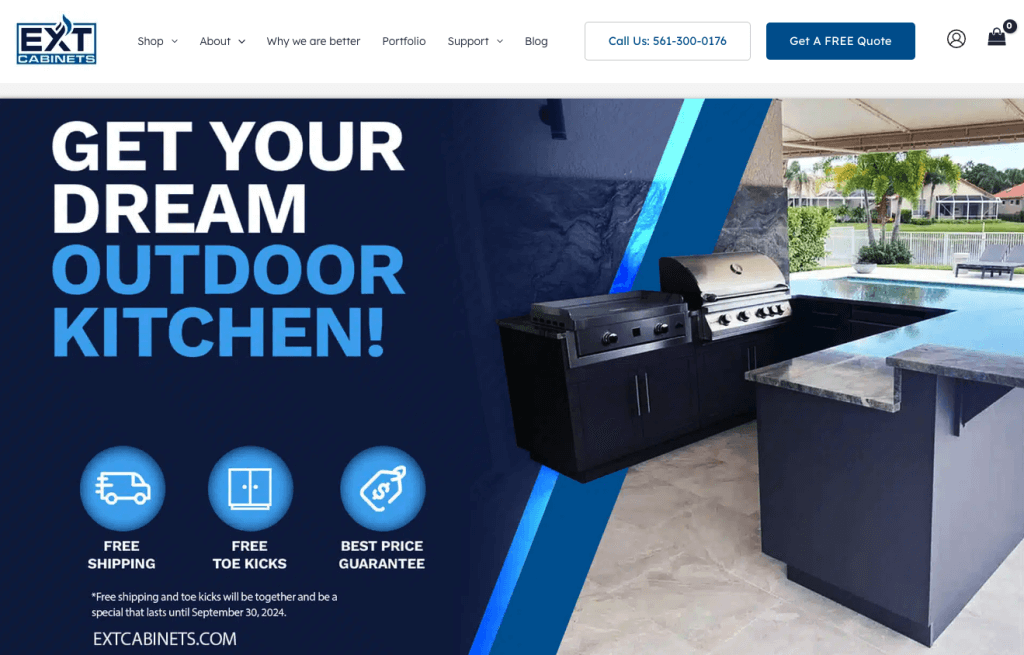
Source: extcabinets.com
Absence of Trust Signals
Sometimes, the effectiveness of your CTA buttons won’t depend on how it looks. Nor will it rely on the message it sends. Instead, the efficacy of your calls to action might depend on your brand’s reputation — credibility.
Ultimately, trust plays a major role in determining consumer behavior. It’s one of the most important factors influencing purchase decisions. Plus, it even plays a role in determining your target audience’s willingness to interact with your brand in the first place.
So, if you want to create CTA buttons that will effectively compel web visitors to click, it might be a good idea to enhance them with trust signals. On the one hand, these will communicate that your brand is a credible industry authority. On the other hand, they will effectively remove common conversion obstacles.
There are two tactics you can employ to achieve these goals.
Using CTA Microcopy To Boost Trust
One of the easier methods of designing calls to action that instill trust is to enrich them with the right microcopy.
For instance, something as simple as stating how long your free trials last or that you don’t require a credit card for them can be an excellent way to boost brand credibility. Here’s how Fliki did it:

Source: fliki.ai
Surrounding CTA Buttons With Third-Party Trust Badges
Alternatively, you might choose a more visual trust-building CTA design strategy: surround your buttons with relevant, third-party trust badges.
While these aren’t necessarily a part of your CTA button design, the approach can make your conversion elements more compelling.
If you check out the HiBob homepage, you’ll see that it includes social proof badges just below the main CTA button. This approach boosts conversions for two reasons.
Firstly, showing off rating-based trust signals communicates product and CX quality, which are very important to consumers.
Secondly, the fact that HiBob sources its trust badges from third-party websites like Capterra and G2 (which are highly trustworthy themselves) elevates the brand’s reputation. That makes it easier for web visitors to take the plunge and try out the software solution for themselves.
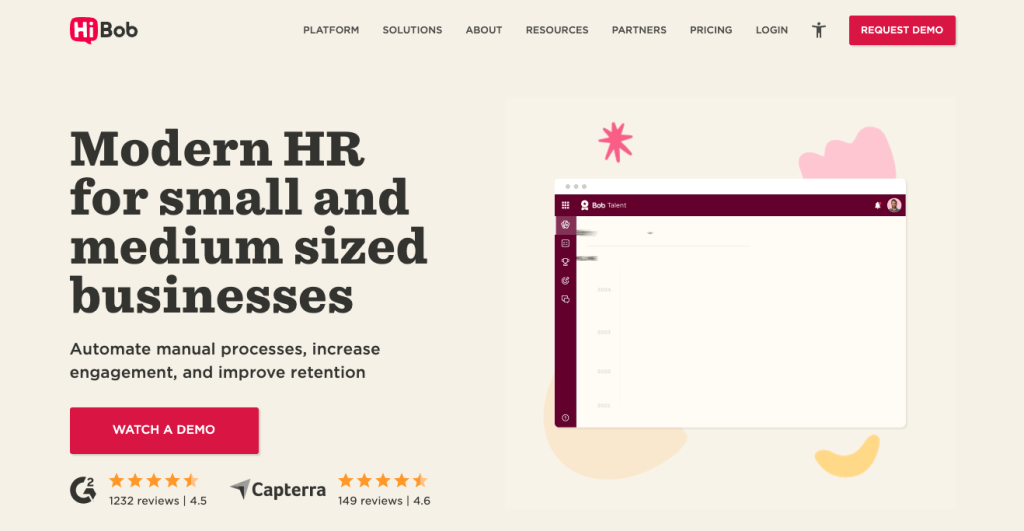
Source: hibob.com
Final Thoughts
Although CTA button design hugely determines your ability to convert new customers, the truth is that it doesn’t have to be too difficult.
By following the strategies outlined in this article, you’re sure to create CTA buttons that will inspire web visitors to click.
To guarantee you’re getting the best possible results, ensure that you only make incremental changes to your CTA buttons. That way, you will not only get insights into what approach works for your brand but also prevent UX mistakes by trying to change too much at once.